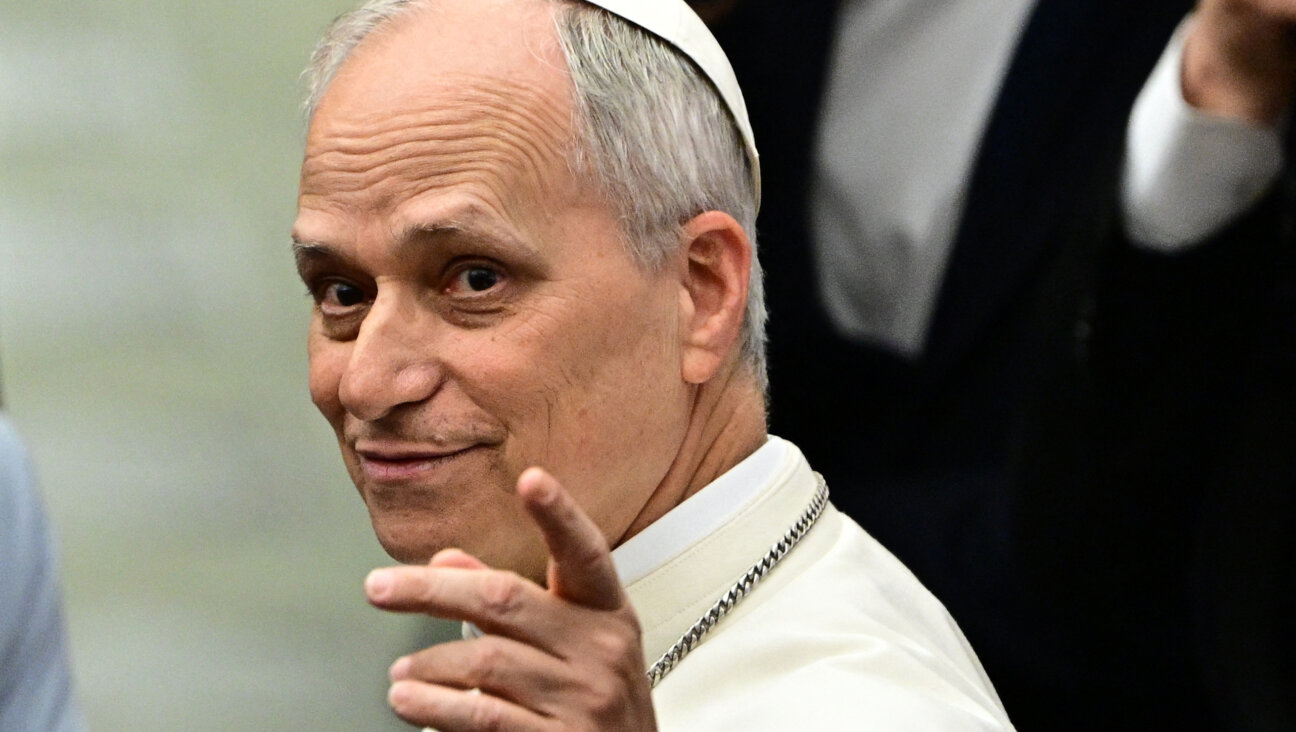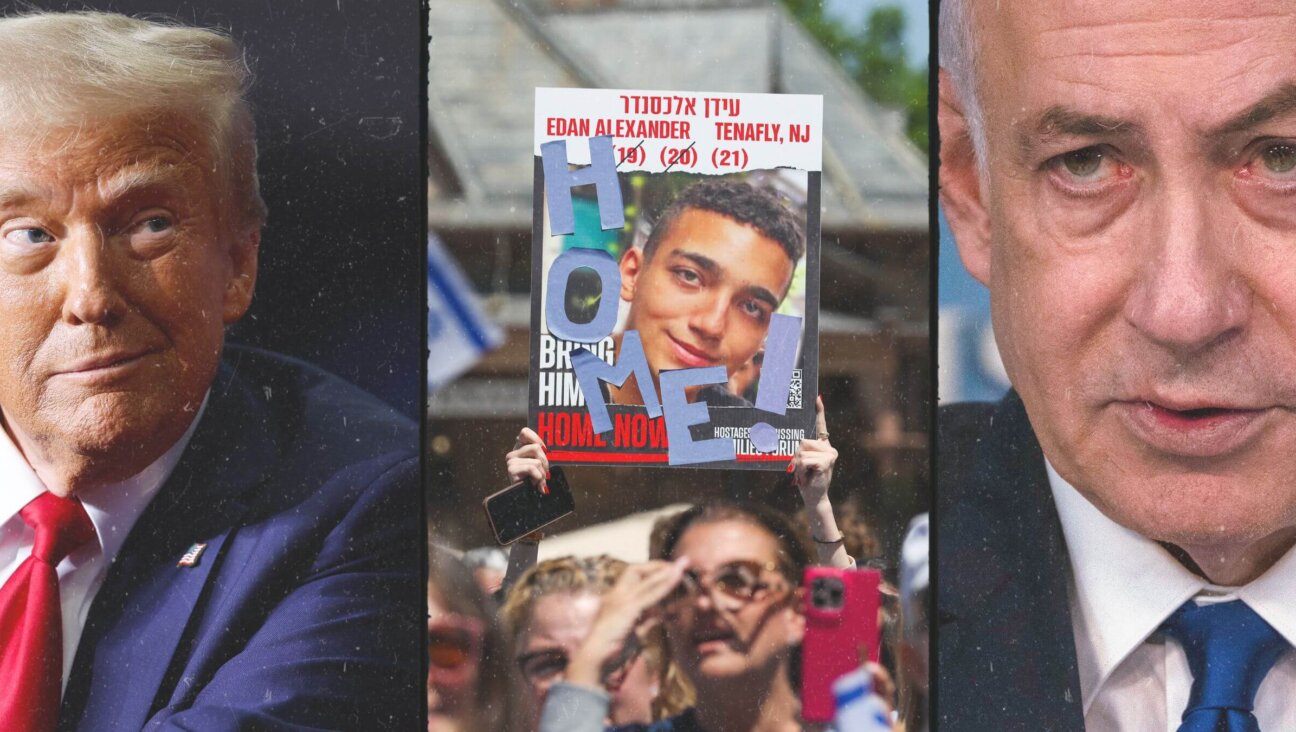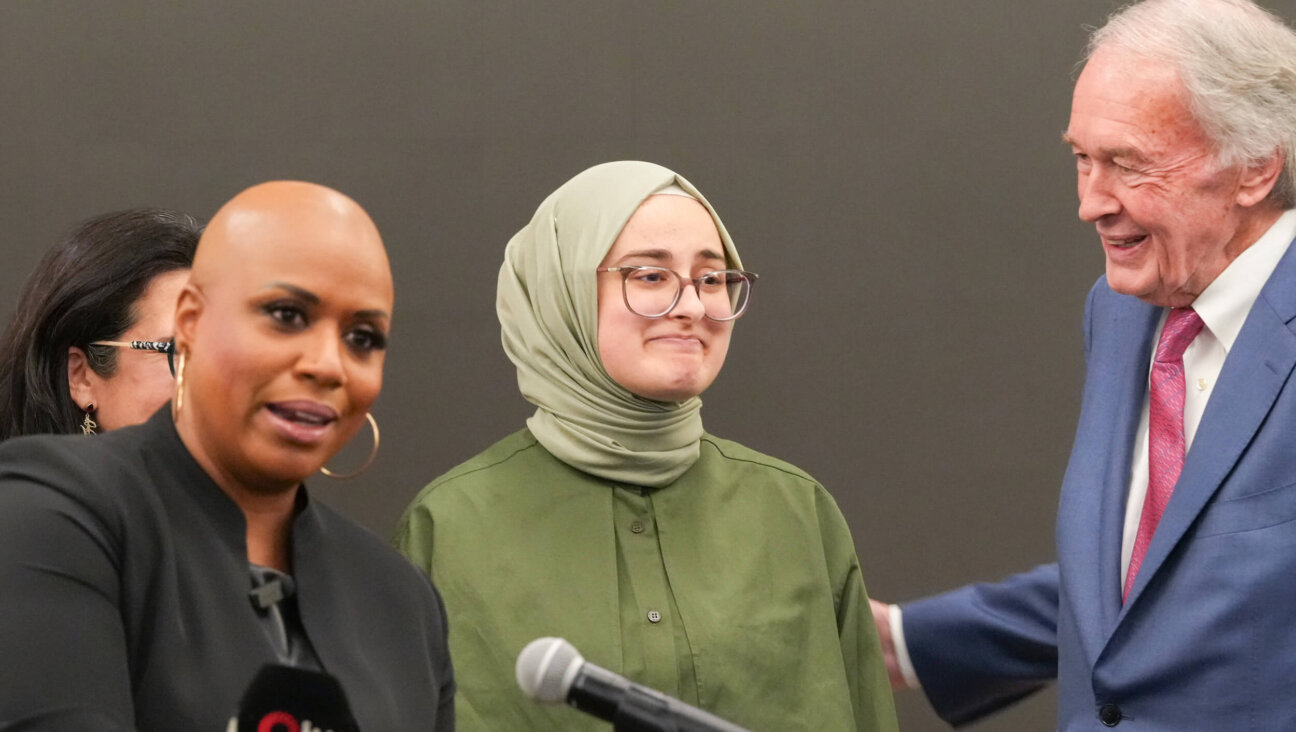‘Girls’ Last Episode Breaks Convention, But Not In A Good Way

Image by HBO
Contains spoilers.
About fifteen minutes into watching the series finale of “Girls,” I felt a sinking feeling of disappointment. The episode, set five months after Hannah has given birth and moved to upstate New York, is much like past “Girls” bottle episodes. Existing in a strange, surreal, almost suffocating space, the storyline is shot in one location and cut down to one or two main characters. “Girls” has almost always been successful when it dipped into contained storytelling, and in a few cases, like Hannah’s afternoon with the writer accused of sexual assault, it has made for exceptionally thought-provoking, powerful television.
But the last episode of “Girls” is not a time for a bottle episode. It’s a space to celebrate seven characters who we have spent six seasons getting to know, caring about and occasionally wanting to shake silly out of irritation. Which, perhaps, is why it was so frustrating to spend thirty minutes exclusively with Hannah, and occasionally Marnie, as the two characters pretty much spend the entire episode dealing with the challenges of a newborn baby. Not that it isn’t an important storyline, and not that it isn’t a critical full-circle moment, watching Hannah, an often selfish, erratic 20-something, have to enter a new stage in her life.
The problem is, this show isn’t about Hannah.
It has always been just as much about Marnie, Jessa, Shoshanna, Ray, Elijah and Adam. It’s an enormous tribute to Lena Dunham’s writing and directing that those six characters felt equally as important to the story, and that they were just as painfully real, full of color, humor and depth. To end “Girls” without all of them there felt unnatural, and almost swept their importance to the show under the rug. This was Hannah’s story all along, it seemed to say.
The argument, perhaps, for ending “Girls” the way that they did, so completely, almost disorientingly, removed from the dressings of Hannah’s 20-something life, is that the show never did stick with convention. Plus, it had been gently guiding Hannah away from New York for some time, an idea that I thought was smart and, as a lifelong New Yorker, something I deeply understood.
But there were other ways to stay true to the show’s tone, and deliver Hannah into this new chapter in her life. The second to last episode of the series did just that. It showed four friends having something of a break-up, but coming to an understanding. All of the characters were moving in new directions, and the final five minutes of the series tied in all the emotions a good series finale should. There was a feeling of finality, hope, and a chance to see the whole group of characters together — perhaps for the last time.
I didn’t need to spend a half-hour watching Hannah figure out her new life in upstate New York — and this is coming from someone who always really liked Hannah. The show was about four women, and occasionally three men, finding their way in New York City, and that’s exactly where I would have liked to have said goodbye to them.
It calls to mind some of the best season finales from “Girls”: when Hannah gets into Iowa and holds that letter in her hand, when she runs across the Brooklyn Bridge after performing at The Moth for the first time, when Adam comes to her house and picks her up after everything that happened between them. Those were all euphoric moments, small moments, tinged with sadness, and leaving lots and lots of questions behind.
So yes, I think that last shot, from the previous episode, when all four girls are dancing in Shoshanna’s apartment, is completely fitting for a “Girls” series finale. And that’s exactly how I will choose to say goodbye to them.
Thea Glassman is an Associate Editor at the Forward. Reach her at [email protected]
The Forward is free to read, but it isn’t free to produce

I hope you appreciated this article. Before you go, I’d like to ask you to please support the Forward.
Now more than ever, American Jews need independent news they can trust, with reporting driven by truth, not ideology. We serve you, not any ideological agenda.
At a time when other newsrooms are closing or cutting back, the Forward has removed its paywall and invested additional resources to report on the ground from Israel and around the U.S. on the impact of the war, rising antisemitism and polarized discourse.
This is a great time to support independent Jewish journalism you rely on. Make a gift today!
— Rachel Fishman Feddersen, Publisher and CEO
Support our mission to tell the Jewish story fully and fairly.
Most Popular
- 1

Fast Forward Ye debuts ‘Heil Hitler’ music video that includes a sample of a Hitler speech
- 2

Opinion It looks like Israel totally underestimated Trump
- 3

Culture Is Pope Leo Jewish? Ask his distant cousins — like me
- 4

Fast Forward Student suspended for ‘F— the Jews’ video defends himself on antisemitic podcast
In Case You Missed It
-

News In Edan Alexander’s hometown in New Jersey, months of fear and anguish give way to joy and relief
-

Fast Forward What’s next for suspended student who posted ‘F— the Jews’ video? An alt-right media tour
-

Opinion Despite Netanyahu, Edan Alexander is finally free
-

Opinion A judge just released another pro-Palestinian activist. Here’s why that’s good for the Jews
-
Shop the Forward Store
100% of profits support our journalism
Republish This Story
Please read before republishing
We’re happy to make this story available to republish for free, unless it originated with JTA, Haaretz or another publication (as indicated on the article) and as long as you follow our guidelines.
You must comply with the following:
- Credit the Forward
- Retain our pixel
- Preserve our canonical link in Google search
- Add a noindex tag in Google search
See our full guidelines for more information, and this guide for detail about canonical URLs.
To republish, copy the HTML by clicking on the yellow button to the right; it includes our tracking pixel, all paragraph styles and hyperlinks, the author byline and credit to the Forward. It does not include images; to avoid copyright violations, you must add them manually, following our guidelines. Please email us at [email protected], subject line “republish,” with any questions or to let us know what stories you’re picking up.
















